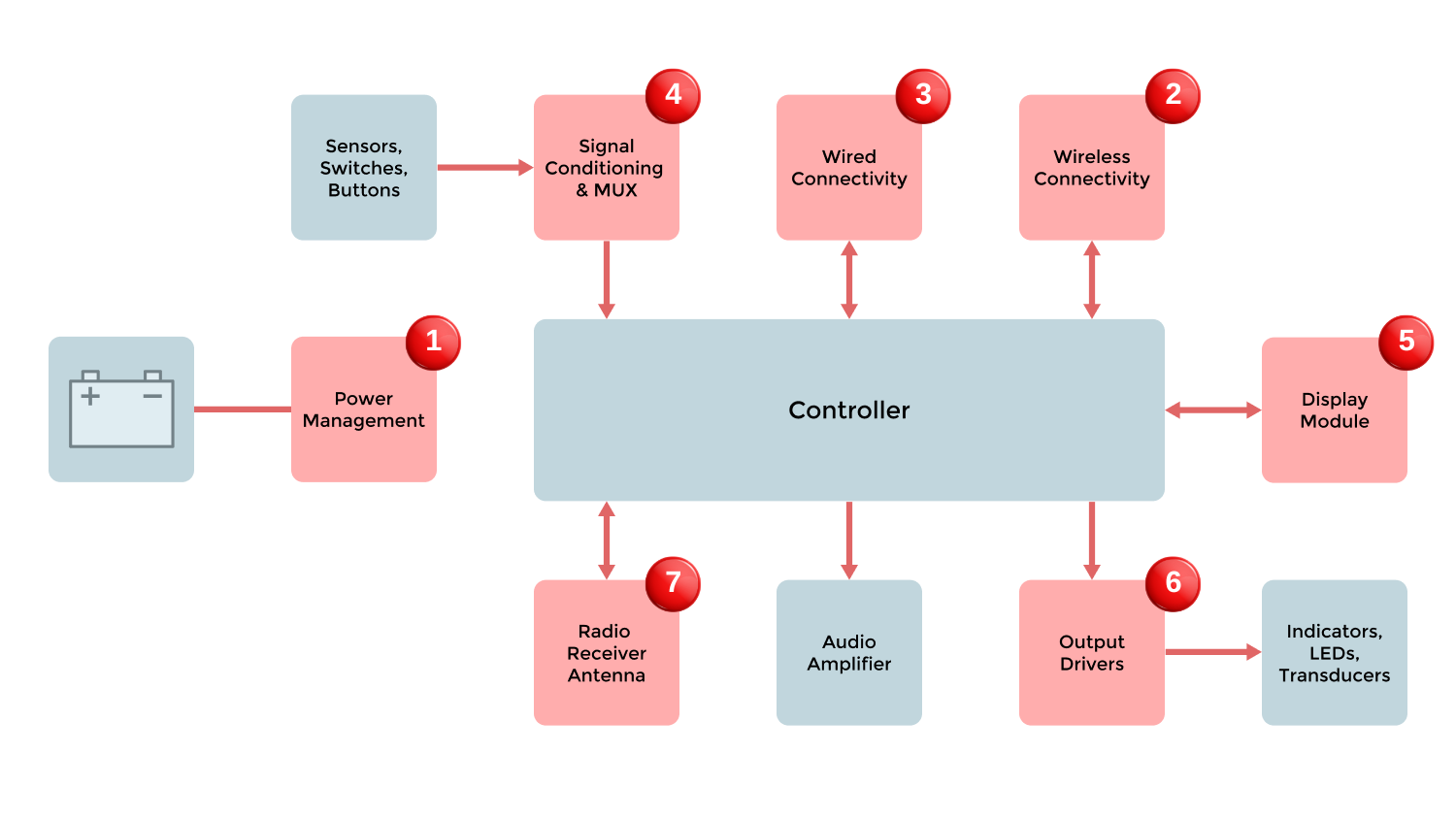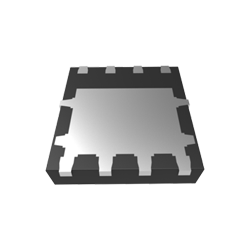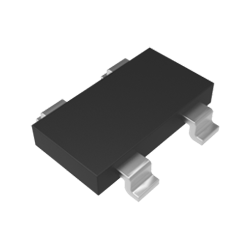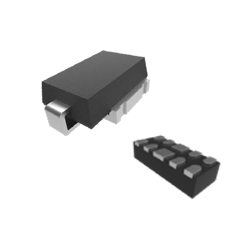/ Enabling More than Just the GPS
Vehicles have evolved to provide many of the conveniences of home as well as technology to make it easier to get from A to B.
Several interfaces must work together seamlessly to provide reliable performance. A wide range of connectivity options are incorporated into the infotainment system design, which is processed by the main microcontroller and displays relevant information on the display.
The overall design and its CAN/LIN buses, sensors, power supplies, memory devices, and other elements should be made to withstand harsh automotive environments.
/ Application Considerations
Power staging and reverse battery protection are just a few of the factors that go into designing an infotainment system. Engineers should also consider:
- Overvoltage protection - we recommend including measures to address overvoltage that could cause safety issues or malfunctions
- Transient protection - TVS devices are typically used to suppress transients and voltage spikes that could damage electronic systems
- ESD protection - measures must be in place to handle electrostatic discharge when designing circuits and systems
- Power staging - utilizing power staging ensures the right voltage and current levels are used at the right time in various functions within the infotainment system
- Electromagnetic capability - EMI from other devices could interfere with the infotainment system and should be designed with measures to protect in-vehicle systems
- High-current capability - infotainment systems must be able to handle enough power to run multiple systems at once, including some that require significant energy
- Component size - small, lightweight components are ideal for infotainment systems to help reduce impact on vehicle performance while leaving room for other necessary electronic elements within the cabin
- Reliability in harsh conditions - when safety and communication with the driver are concerned, there’s no room for component failure amid extreme conditions
- Applicable industry standards - infotainment components should meet all industry requirements and standards, including AEC-Q101
/ Smart Cabin Infotainment Solutions
/ Block Diagram

/Recommended Products
Get a Competitive Edge on Your Next Project
No matter the application or industry, MCC has the components and service you need to get to market faster and reduce overall costs.





